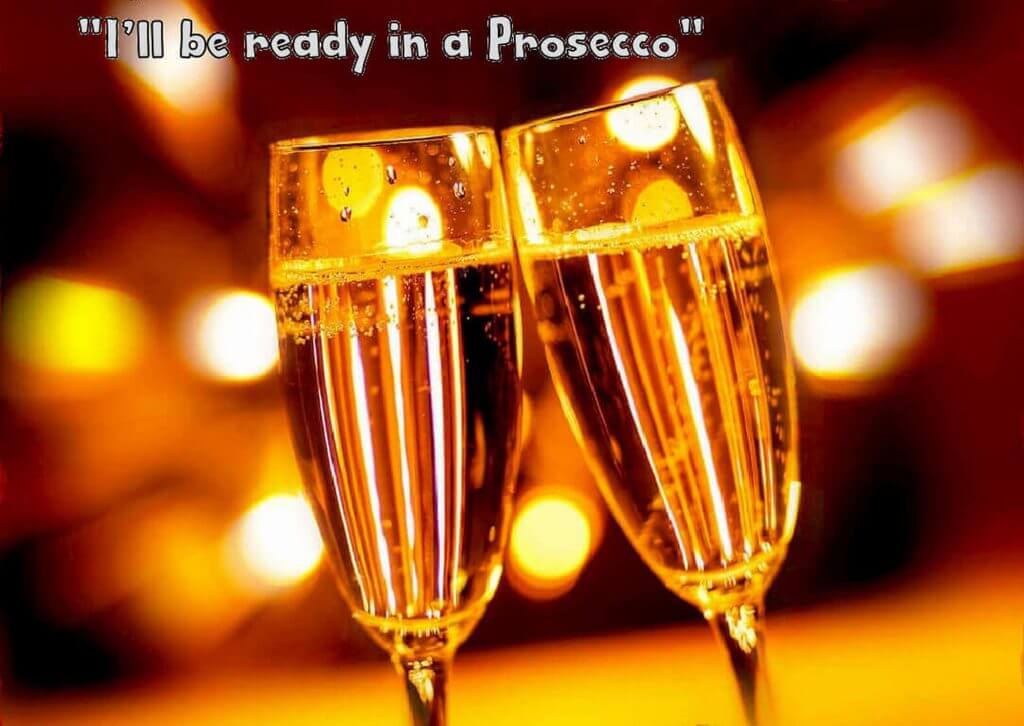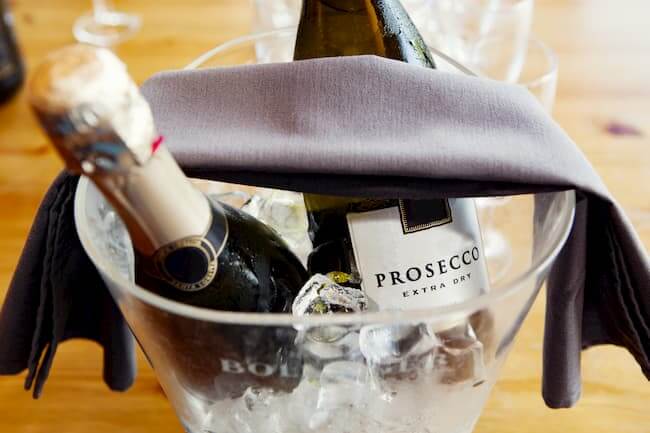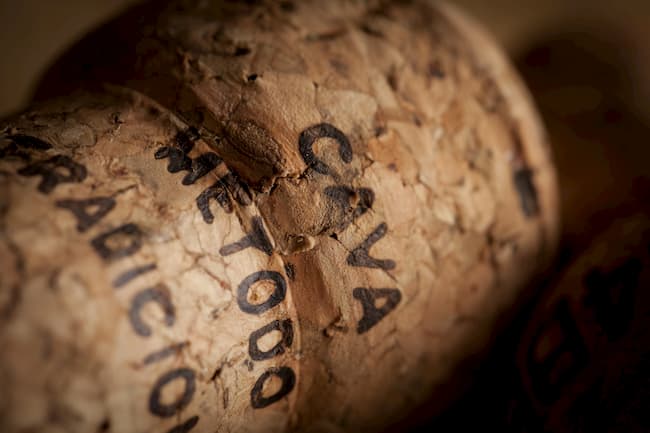What Is The Difference Between Champagne, Prosecco and Cava?
The end result is pretty much the same, a white wine with bubbles. So is there any real difference beyond geography, with Champagne being French, Cava Spanish and Prosecco Italian?
Well yes there is, and it all comes down to the method of fermentation.
All of them undergo a second fermentation, however in Champagne and cava this happens in the bottle, in prosecco it happens in a tank, though confusingly prosecco can be made with in bottle fermentation.

In Today’s Instagram Generation, Everything You Do Will Be All Over The Web, It hasn’t just got to be good, it has to look good too.

Champagne
The grandaddy of sparkling wines, Champagne should be written with a capital C, as it refers to a place name. Indeed to be called Champagne, the beverage must be produced in the Champagne region of France. It doesn’t matter if you use the exact same grapes and production method, if you do it outside of this narrowly defined region, you cannot call it Champagne.
The second fermantation takes place in the bottle. A mixture of yeast, nutrients and sugar is added to the wine and sealed in a thick glass bottle to slowly ferment and produce carbon dioxide and alcohol.
The drink is then aged for anything upto five years or more. This allows the yeast cells to split open and impart a yeasty, toasty flavour.

Prosecco
The second of our sparkling wines is prosecco hailing from Italy.
Technically prosecco can actually be flat, with little or no bubbles, but the most well known version has bubbles.
The first major difference is the grape variety. Prosecco uses the Glere grape (Champagne Chardonnay, Pinot Noir and Pinot Meunier).
The biggest difference though is the second fermentation. Prosecco is fermented in tanks and then bottled afterwards. It also tends not to be aged as long as its French counterpart.

Cava
Which brings us to the third of our popular bubbly drinks. Hailing from Spain.
Most often white, but also available as a sparkling rose. Cava is produced in the exact same way that Champagne is. (Though in the case of Champagne, the method is called Methode Chamenoise, no one else is allowed to use the name as that is restriced to France only).
After fermenting in the bottle, the cava is ‘aged’ for 9 months to several years. Before being corked and offered for sale.
We provide event management, Prosecco bars, team building and services for private clients including weddings, parties, bar mitzvahs, bat mitzvahs, Military balls, college balls, university balls, corporate events, corporate , company fundays and exhibitions throughout the U.K. and Europe, including Scotland, London, North Yorkshire, Lancashire, The North East and The Midlands.
